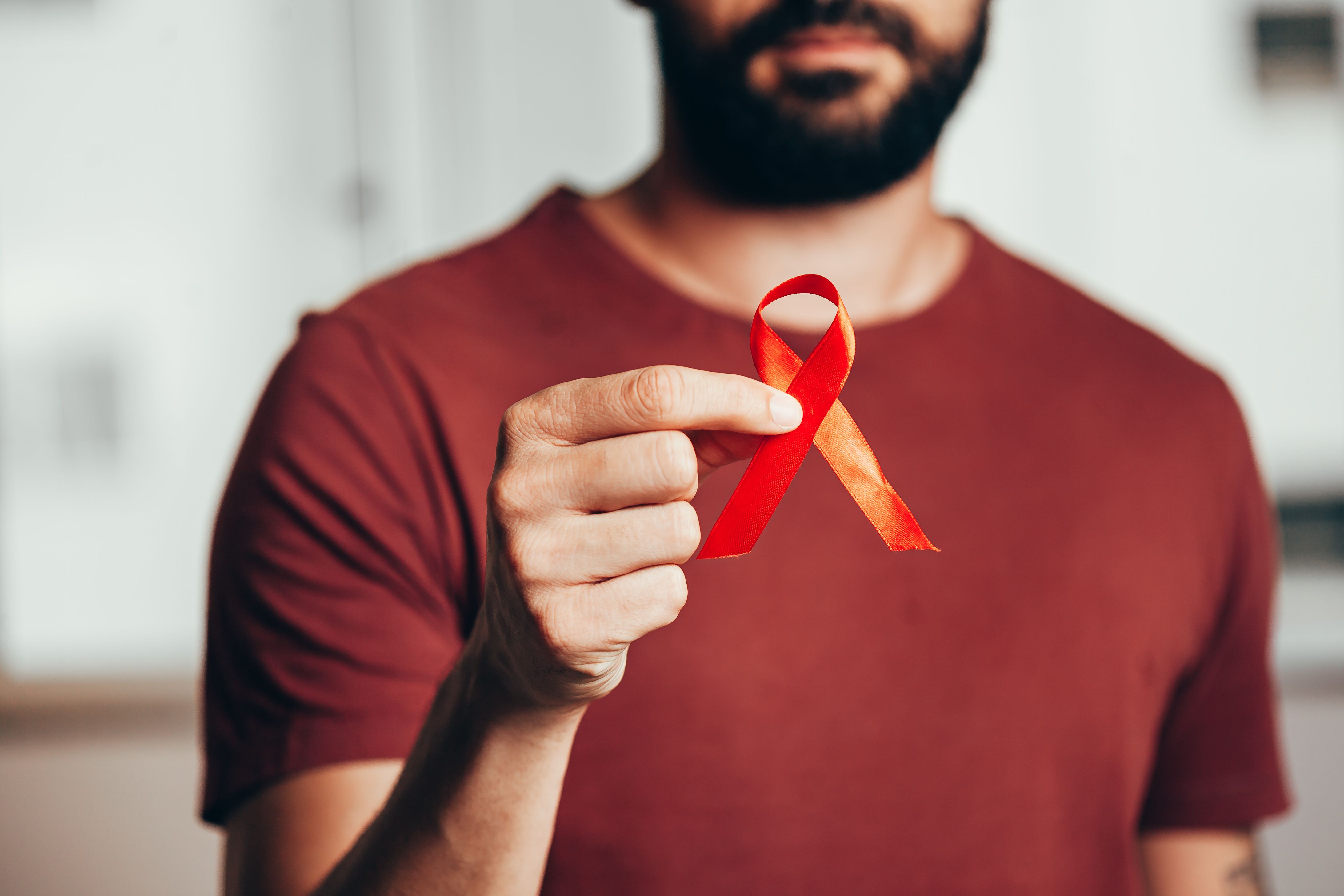How Birthplace Affects the Care of Hispanic/Latino People Living With HIV
Hispanic/Latino people face disproportionately high HIV incidence, but one CROI 2022 study found those not born in the US are more likely to have stage 3 HIV (AIDS) diagnoses.

In the US, Hispanic and Latino people are disproportionately affected by HIV infection, and of this population, 27% of HIV diagnoses occurred in non-US-born Hispanic/Latino people.
Sonia Singh, PhD, presented research today at the 2022 Annual Conference on Retroviruses and Opportunistic Infection (CROI) that showed place of birth is a crucial, yet often overlooked, factor driving HIV incidence.
Singh and fellow investigators pulled data from 45 National HIV Surveillance Systems, submitted to the US Centers for Disease Control and Prevention (CDC) with complete laboratory reporting. The investigators determined the total number of Hispanic/Latino people 13 years of age and older who were diagnosed with HIV during 2019. They also calculated the percentage of stage 3 HIV (AIDS) diagnoses, the percentage of Hispanic/Latino people receiving care within 1 month of HIV diagnosis, and the percentage who achieved virally suppression within 6 months of diagnosis. The data was stratified by gender, age, type of transmission, and place of birth (Central America, Cuba, Mexico, Dominican Republic, South America, and the US).
The study included a total of 6233 Hispanic/Latino people who had a verified place of birth and HIV diagnosis during 2019. Of the 2830 non-US-born Hispanic/Latino people living with HIV, 33.7% were born in Mexico, 26.2% in South America, 21.6% in Central America, 12.0% in Cuba and 6.5% in Dominican Republic.
Of the Hispanic/Latino people with a stage 3 HIV/AIDS diagnosis, 24.5% were non-US-born and 17.6% were born in the US. Non-US-born Hispanic/Latino people of all gender and type of transmission categories were more likely to have stage 3 HIV/AIDS. By birthplace, Hispanic/Latino people born in Mexico had the highest proportion (30.5%) of stage 3 HIV/AIDS diagnoses.
Overall, 88.8% of non-US-born Hispanic/Latino people living with HIV were undergoing care, in comparison with 83.7% of US-born people. Additionally, 77.4% of non-US-born Hispanic/Latino people were virally suppressed, compared to 71.0% of US-born. Of all Hispanic/Latino people, those born in the US were the least likely to have achieved viral suppression.
The investigators concluded, “Targeted testing efforts for the non-US born Hispanic/Latino persons should be promoted, including culturally sensitive content, to increase early detection of HIV for improving awareness and reducing risk for HIV transmission.” Among the US-born Hispanic and Latino people living with HIV, the investigators stressed that healthcare providers must actively improve their linkage to care.
The study, “HIV Care Outcomes By Place of Birth Among Hispanic/Latino Persons With HIV Infection,” was presented virtually during the 2022 Annual Conference on Retroviruses and Opportunistic Infection (CROI).
